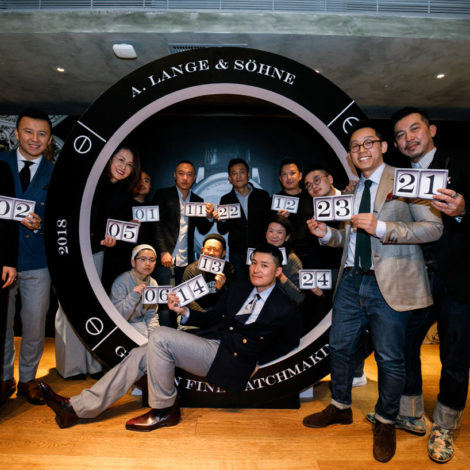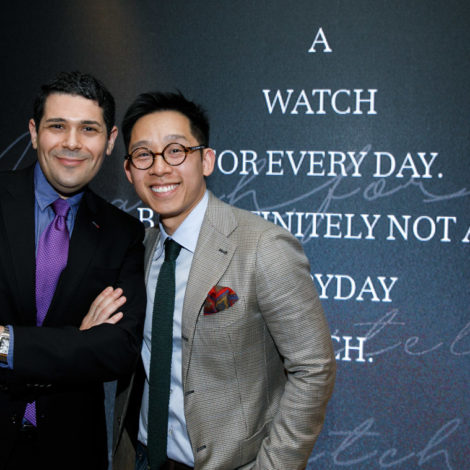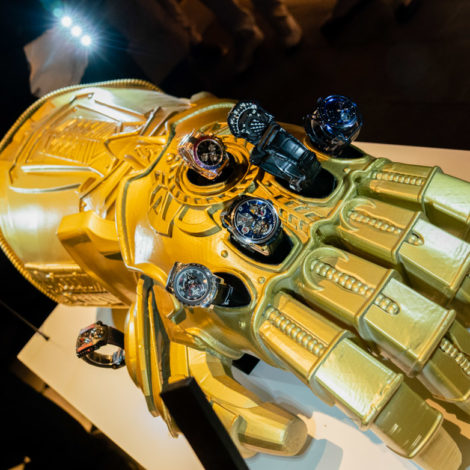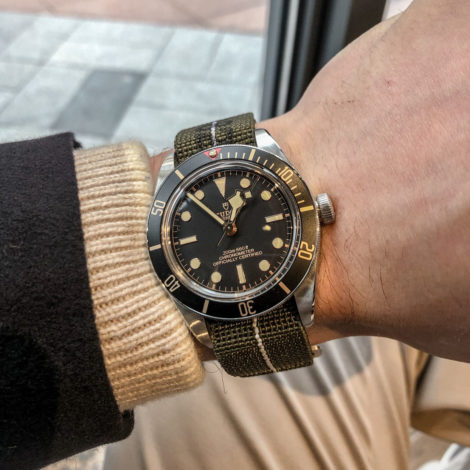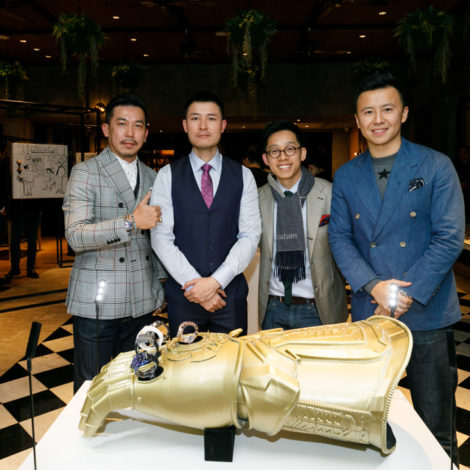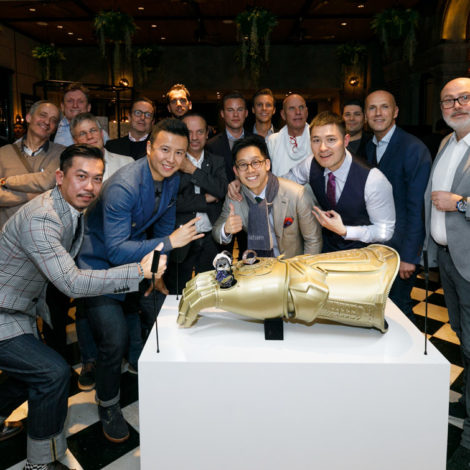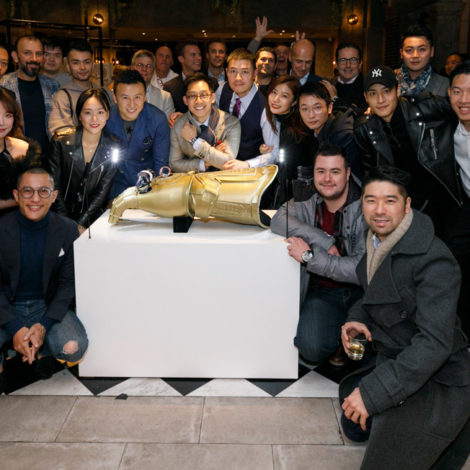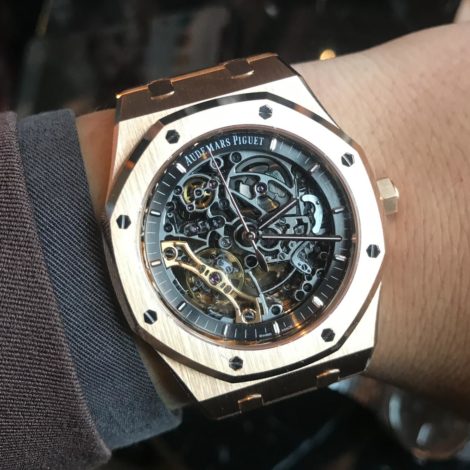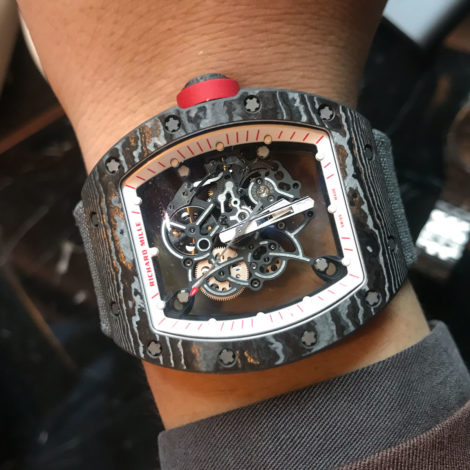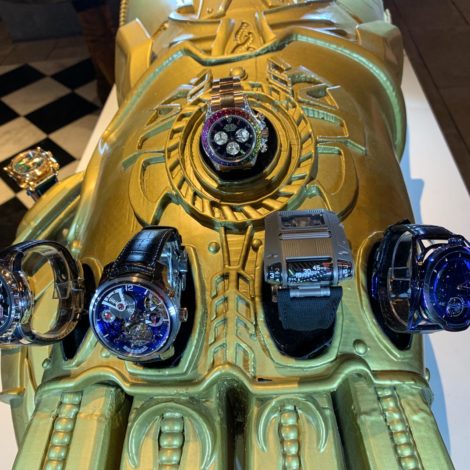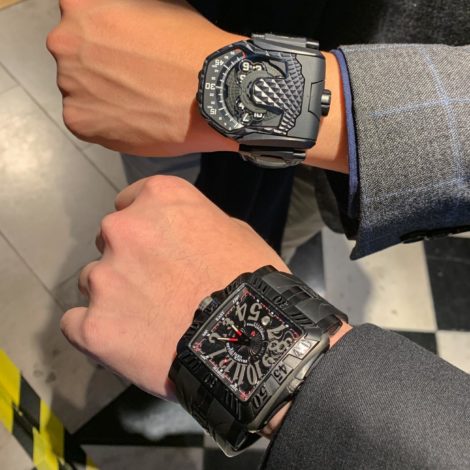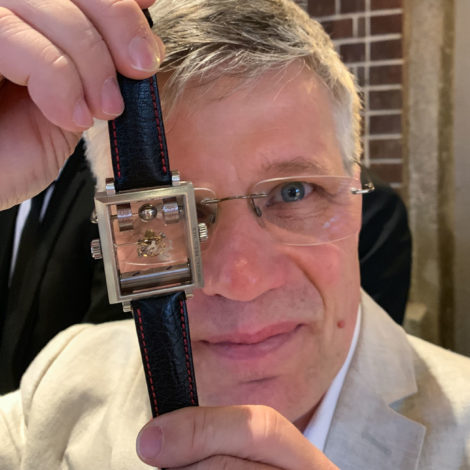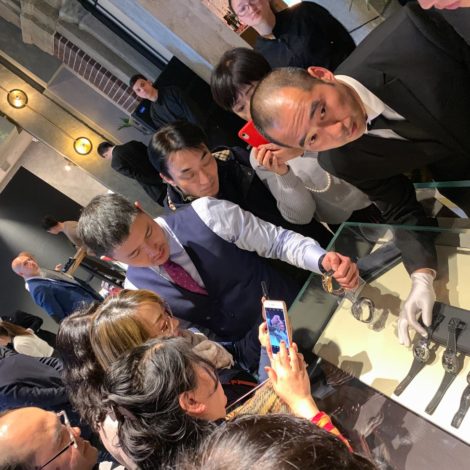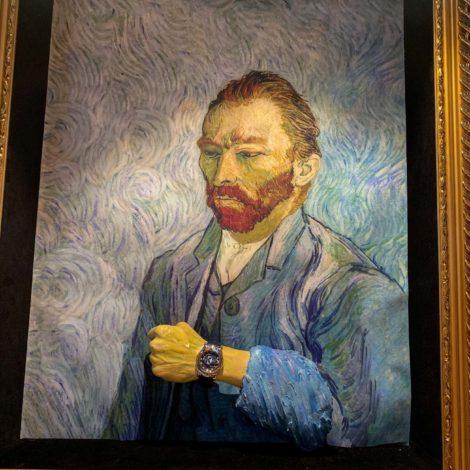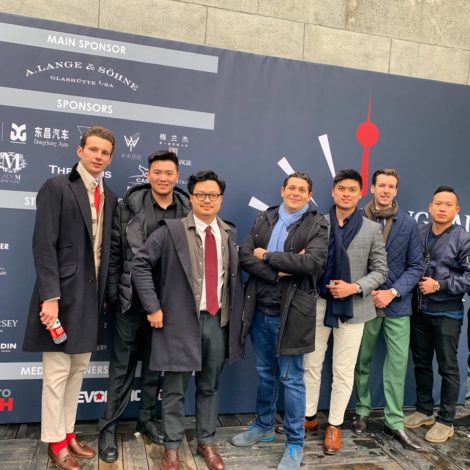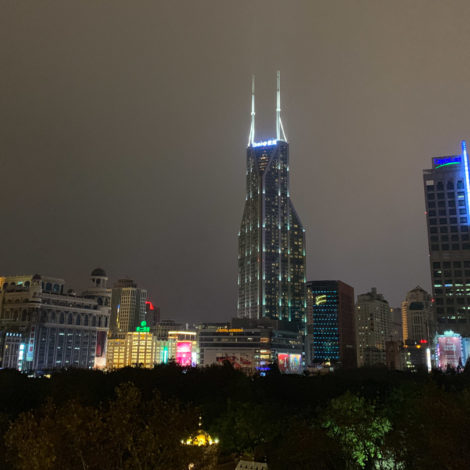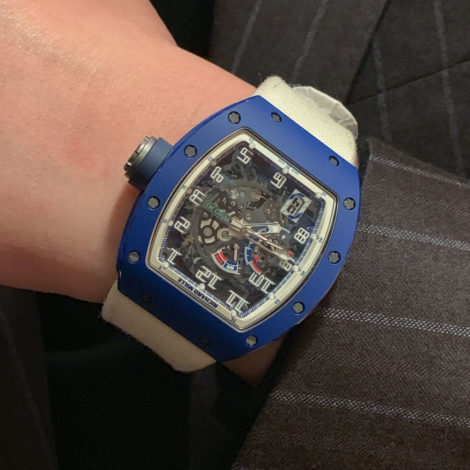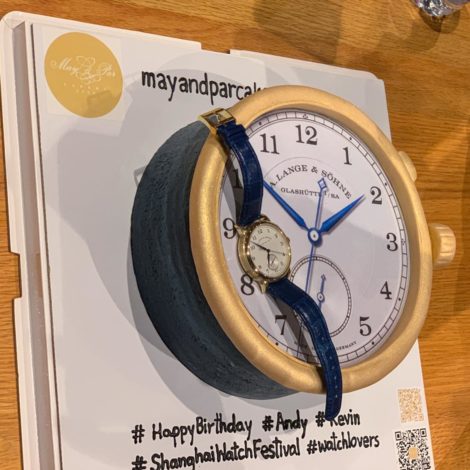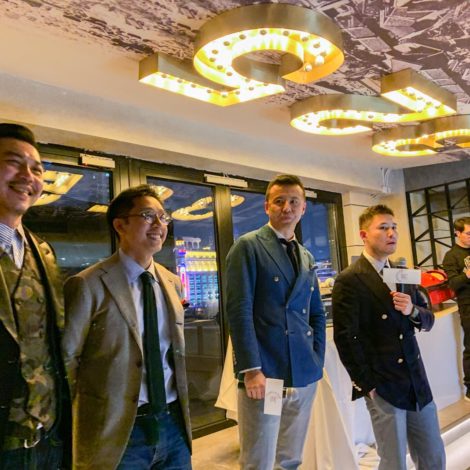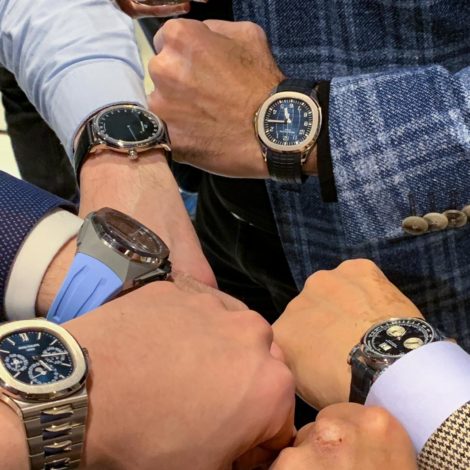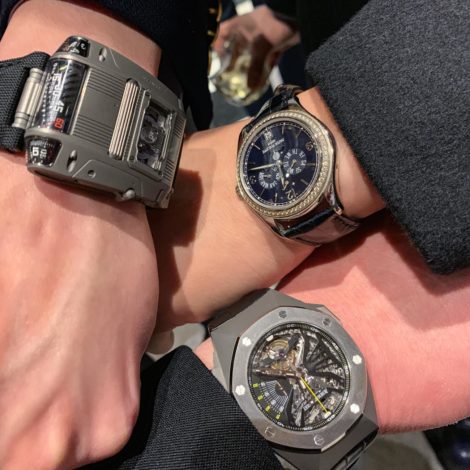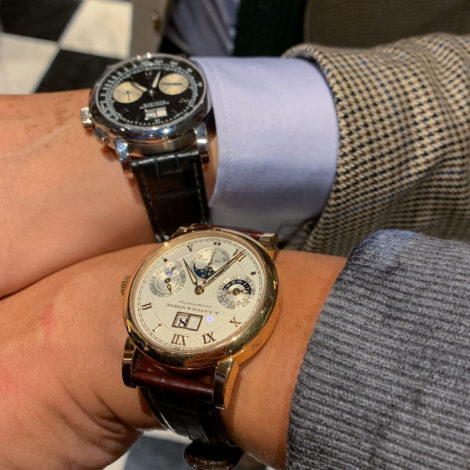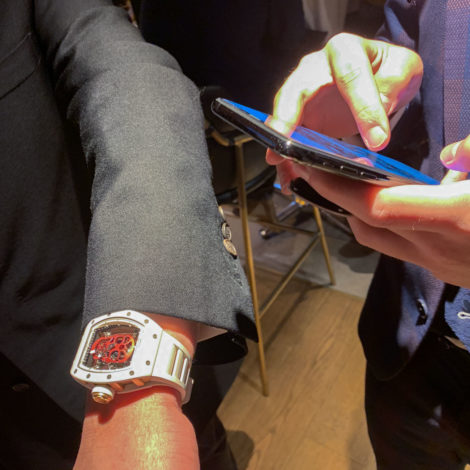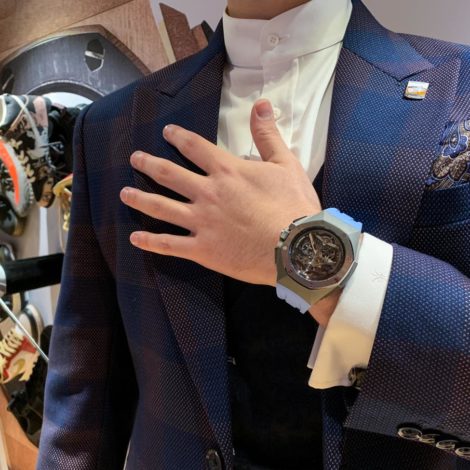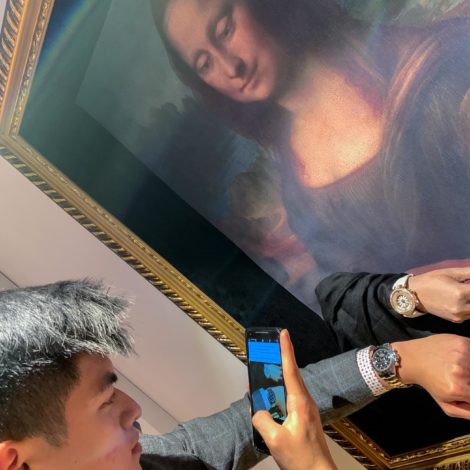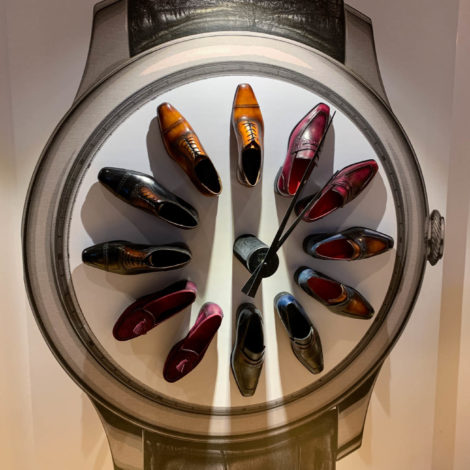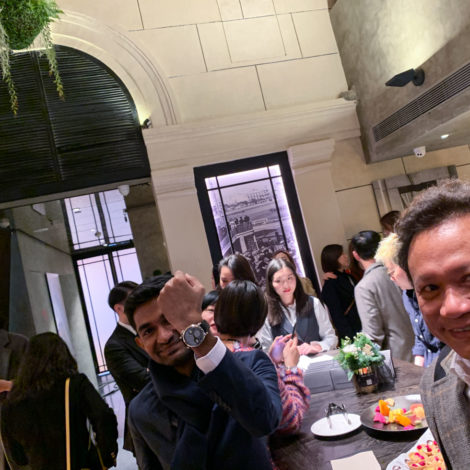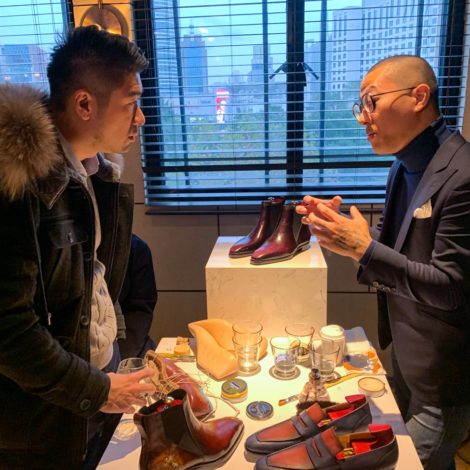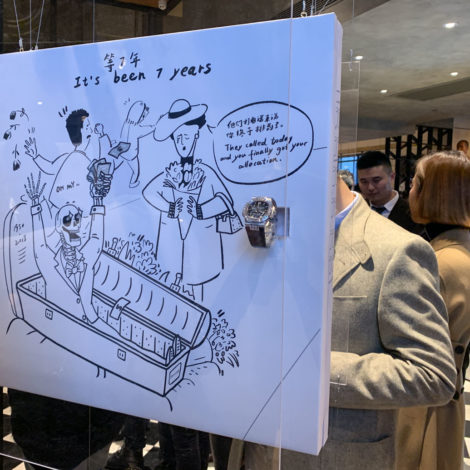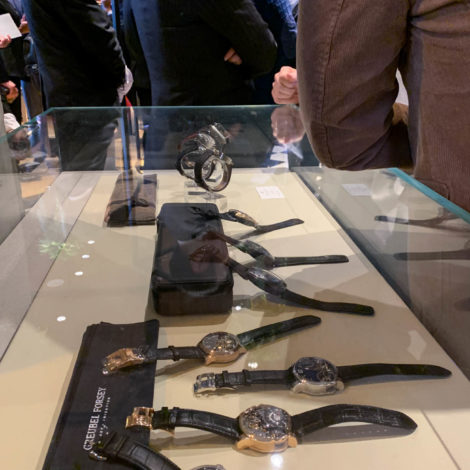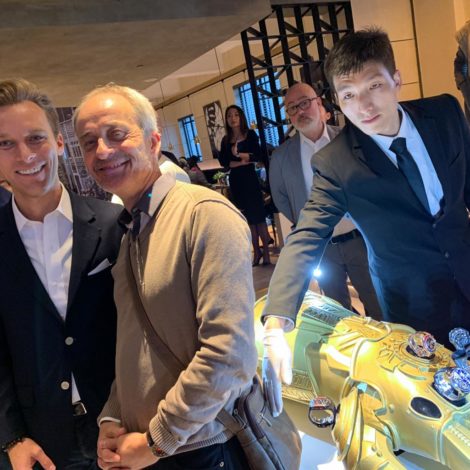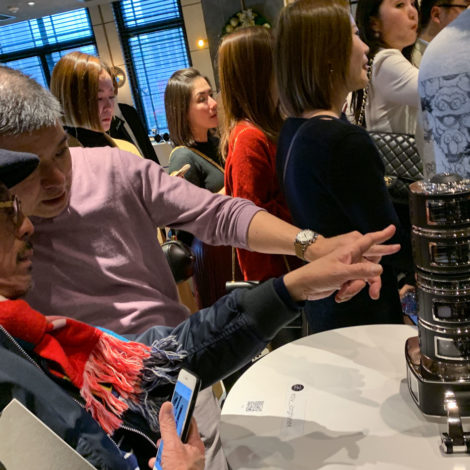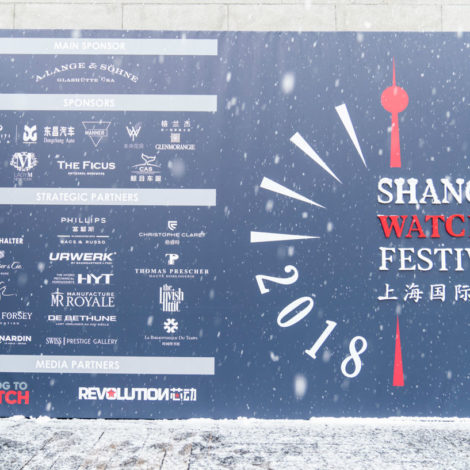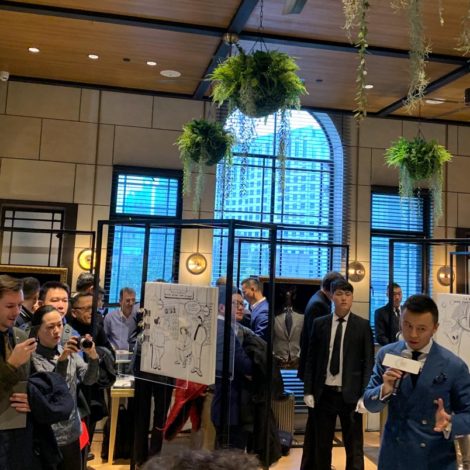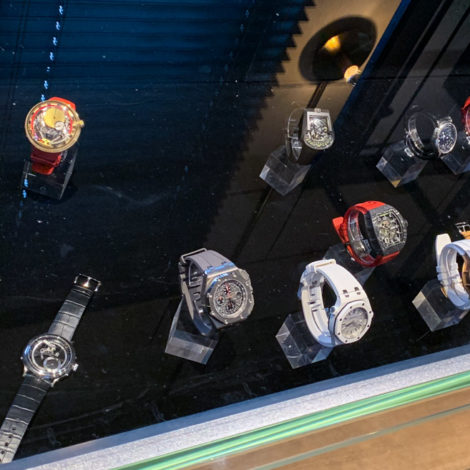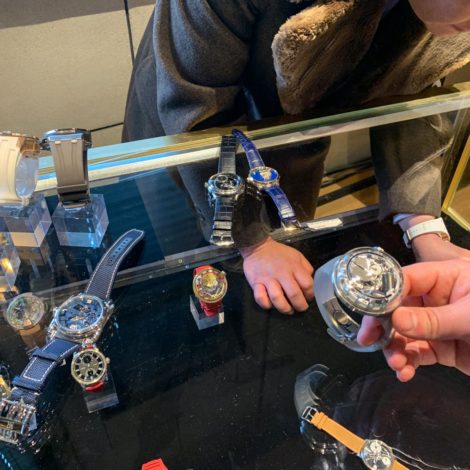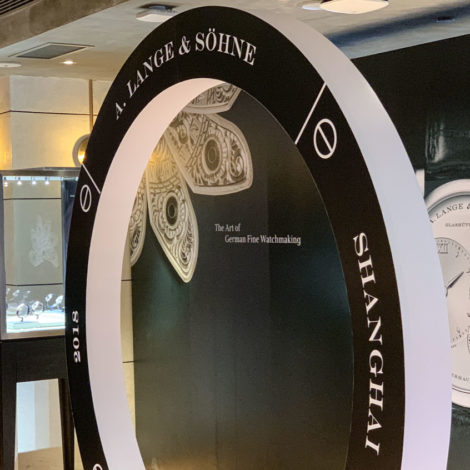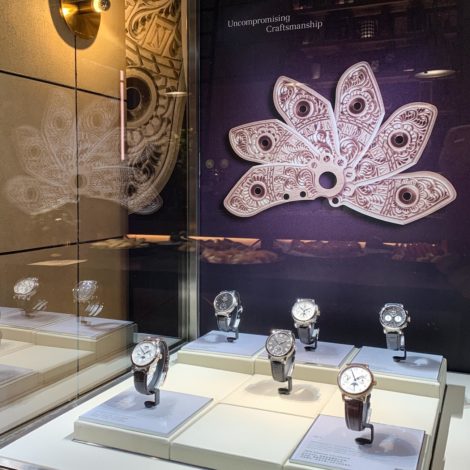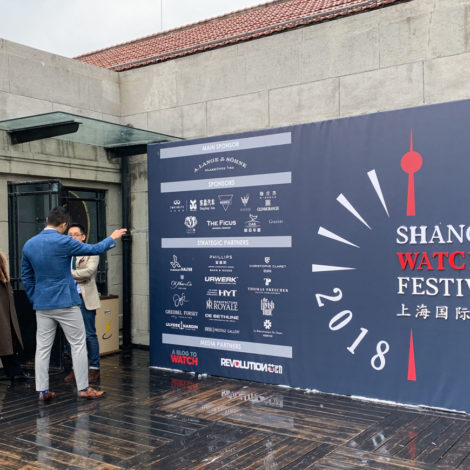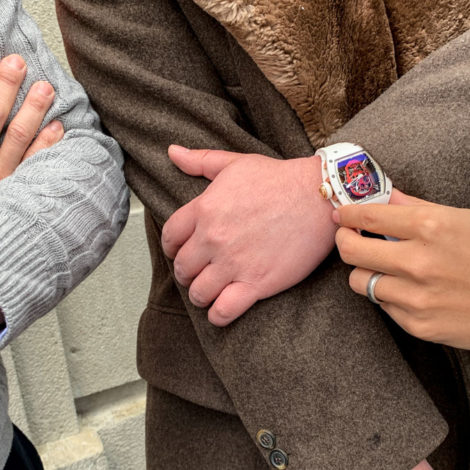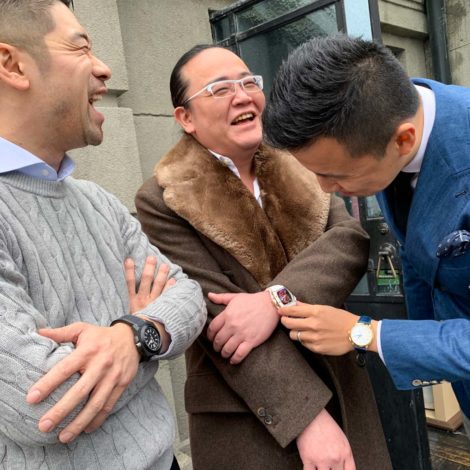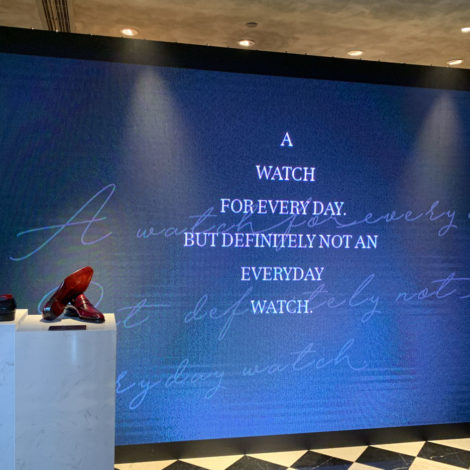
As a Westerner, it is difficult to entirely relate to Chinese interest in timepieces without having been raised in the local culture. The local appetite for timepieces as a product category seems comparatively high to begin with. China embodies a culture where getting into watches as a hobby feels more natural and accepted than in many other parts of the world. China loves watches, and now the most vocal of their watch consumer groups wants more out of their relationship with Switzerland.
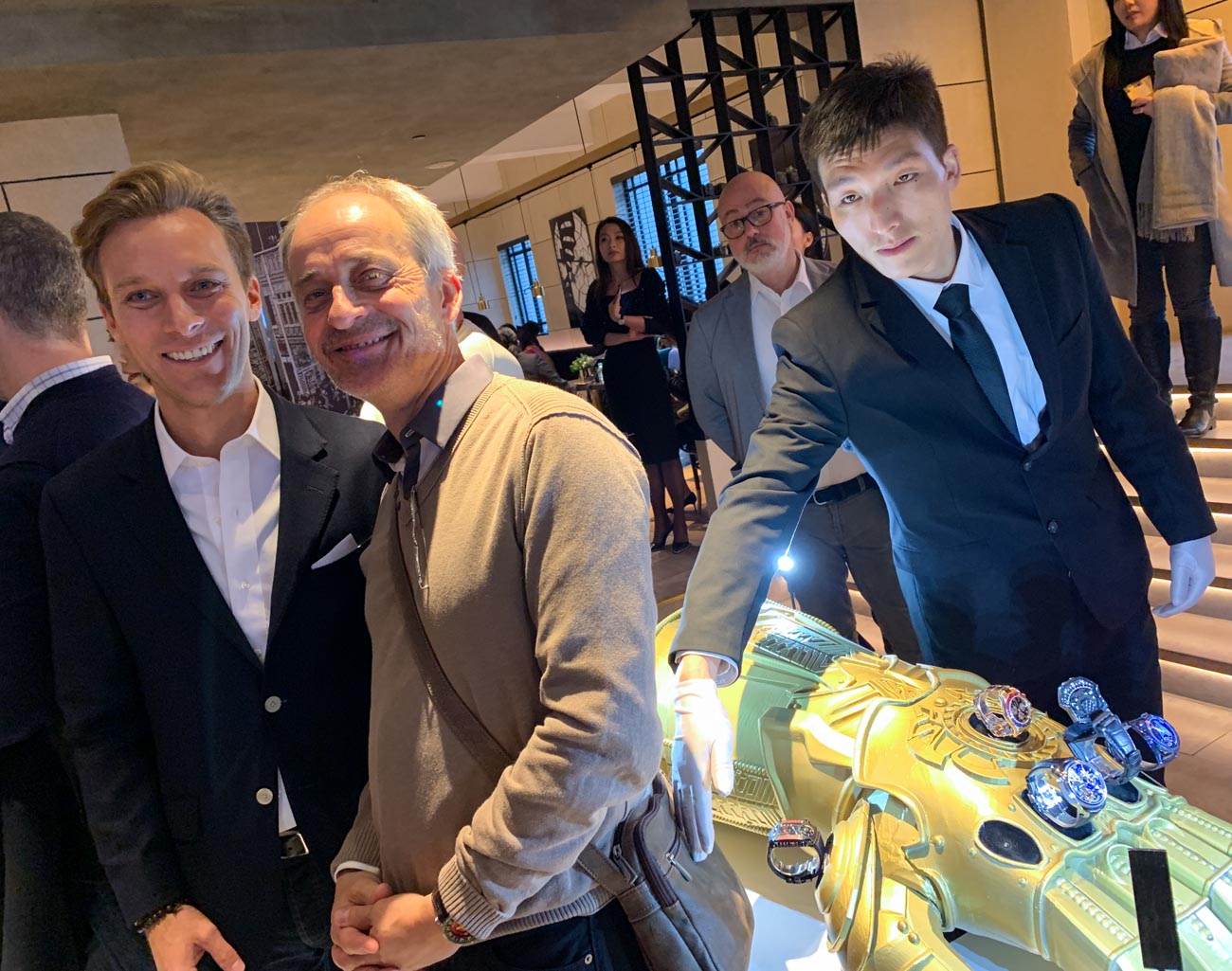
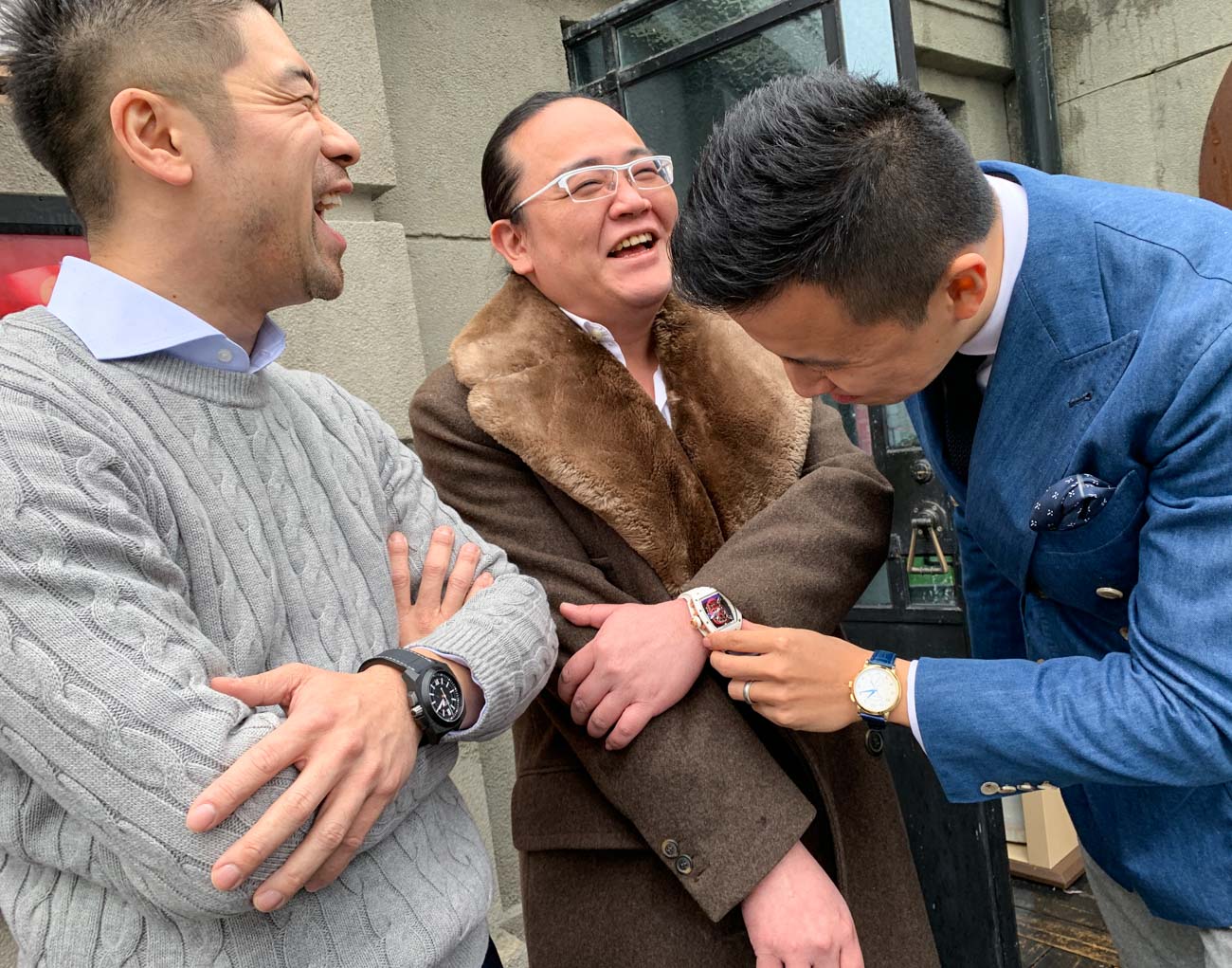
I asked the organizers of the Shanghai Watch Festival why they organized the event in the first place. Without any shortage of opportunities to get together or view brand-new exclusive luxury timepieces, why go to the effort of putting together an event such as this. Someone appropriately referred to it as a “summit for watch collectors.” “Acknowledgement and respect,” as well as “control as a consumer” seemed to be goals on the minds of several Shanghai Watch Gang members when it comes to desirable outcomes of the Shanghai Watch Festival event. Spending power and the relatively young age of the members means they have real power in the market and the world.
There are many luxury watch brands both large and small which almost entirely rely on favorable Chinese consumer attention to maintain profits. China knows it keeps the lights on at a lot of companies in Switzerland – yet there is an enduring feeling of not being respected (or taken as seriously as they prefer) for their regular “investments.” For what it’s worth it isn’t the first time the Swiss watch industry’s profits have been reliant on one or a small number of foreign customers. Watch sales to local Swiss or European consumers are embarrassingly slim, and for at least a generation or two watch industry profits have come mostly from Asian consumers. With that said, the marketing strategy is typically one of cultural exportation where Swiss goods come to China complete with lessons of how to be cultured and have good taste. With the empowered sense of collective buying power – now at least consumers in China are responding to the Swiss with the statement of “we can teach you a thing or two about culture and taste as well.”
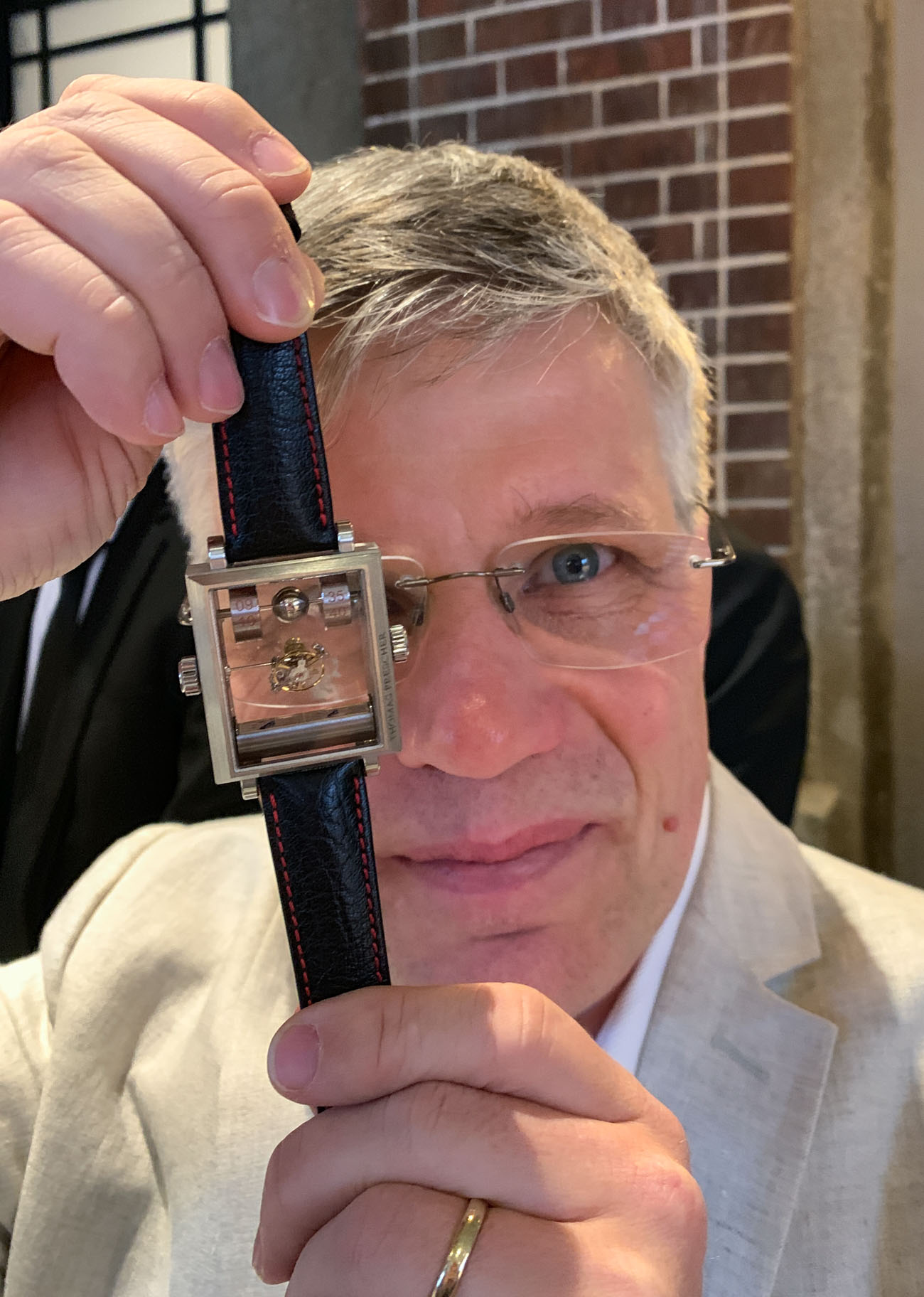
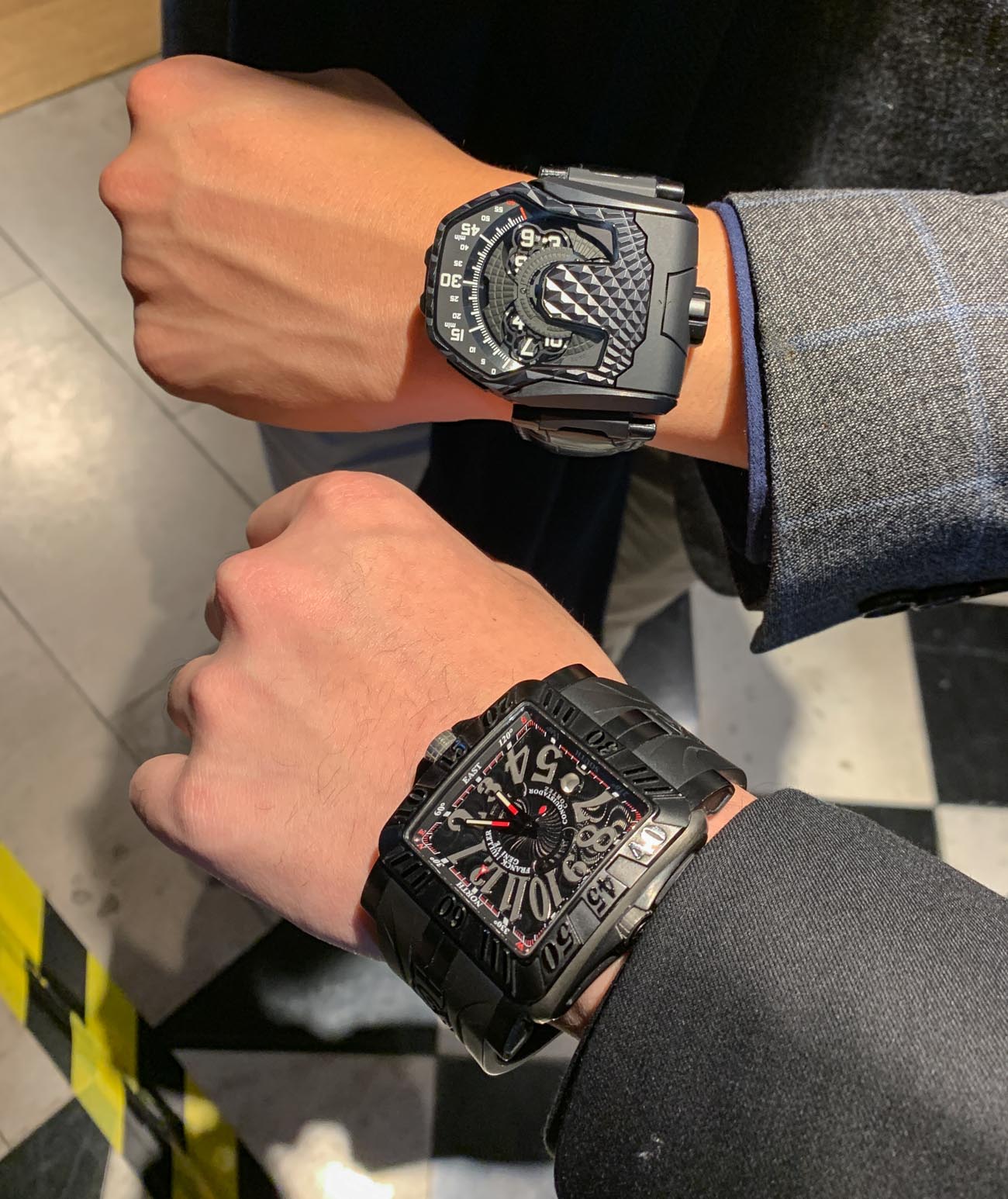

Swiss watchmakers who produce some of the world’s most desirable timepieces typically come from relatively sheltered backgrounds in sometimes very rural Switzerland. From many thousands of miles away these careful artisans are not only asked to produce beautifully made mechanical treasures but to also produce them to appeal to local tastes. At larger watch companies layers of marketing and advertising must both create awareness and compel consumer engagement. Swiss watch brands are nothing without effective marketing – something which the world’s younger generations of watch buyers claim the powers that be in Switzerland are failing at. Such groups as the Shanghai Watch Gang supersede tepid local marketing campaigns with high-energy interactions between members where interesting timepiece discoveries are shared. Products appealing to one consumer can quickly become appealing to their friends through this new passion-sharing economy in large part facilitated by social media and in-person group interactions. It speeds up the process of discovering and wanting a watch – leaving the traditional role of watch retail stores in the dust.
No tool in the modern Chinese watch collector’s arsenal is more important than WeChat – a local Chinese communication application which also doubles as a mobile payment system and social media network. It merits some discussion of how watch collector groups in China receive and share information. Their strategy is directly impacted by local regulations and cultural restrictions. In America, consumers tend to use search engines like Google in order to get answers to their product questions. Google and other organic search engines like it don’t really exist in China with locals preferring to ask known friends or colleagues for answers to questions as opposed to unknown agents online. It’s part of the local culture and getting information from known associates as opposed to strangers seems incredibly pervasive. Thus, being part of a watch lover group isn’t just about friends, but has immediate value in helping consumers feel validated about expensive and often irreversible purchases.
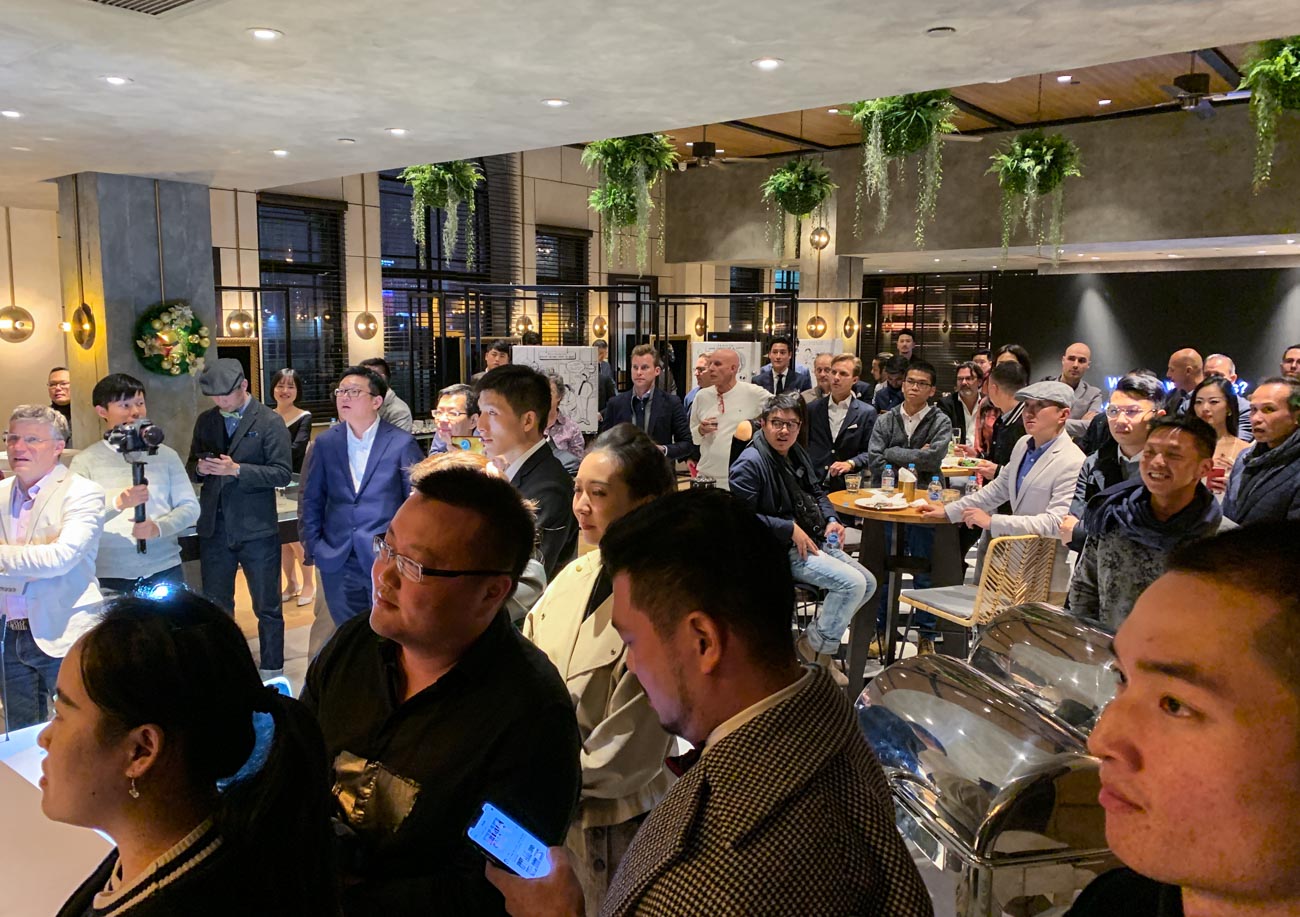
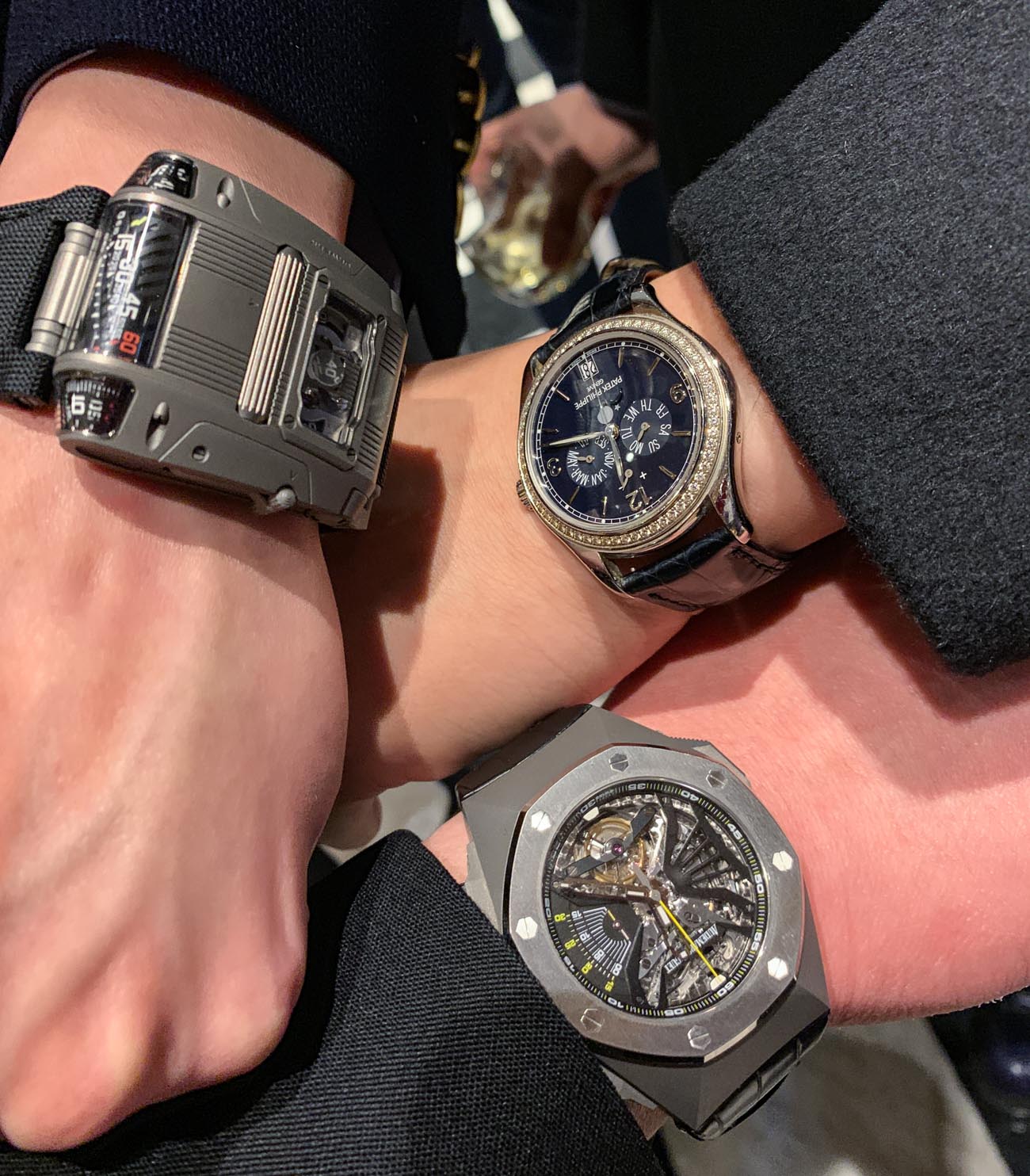

A member of the Shanghai Watch Gang demonstrates to me how he writes blog-style articles exclusively for the group directly on WeChat. Such articles take time and effort – serving the community much like aBlogtoWatch articles serve the general public. Instead, those articles on the Shanghai Watch Gang’s WeChat community message board will be almost entirely unknown to anyone not in the group. You first need to discover the Shanghai Watch Gang and be accepted into it before being having access to this information. It’s a far cry from the relatively accessible nature of trusted content in much of the West. Understanding how information is shared and discovered in China helps explain why groups of collectors are so important in creating consumer demand. Together these friends not only share an interest in timepieces but help spur each other’s purchasing behavior. They also share and go through collecting trends at a rapid pace.
The Swiss feel as though they know something about the typical trajectory a collector may go through over the course of their life. Perhaps they start with something simple and well-known such as Rolex. A series of purchases and experiences are required before they build up to being interested in a bespoke watch made by an obscure independent watchmaker. No one purchases the latter type of product as their first luxury timepiece. In much of recent history, this collector journey was personal and often solo. A single collector would need the time and money to personally buy and experience so many timepieces in order to gain experience and sophistication as a watch consumer. Groups like the Shanghai Watch Gang present shared spending power where a group of people can amass a much larger collection while sharing experiences with one another. The process from a mere Rolex to an obscure exotic model can take a few years or even months to complete as opposed to decades or even a lifetime. The rapid evolution in tastes and buying habits has taken the Swiss off-guard.
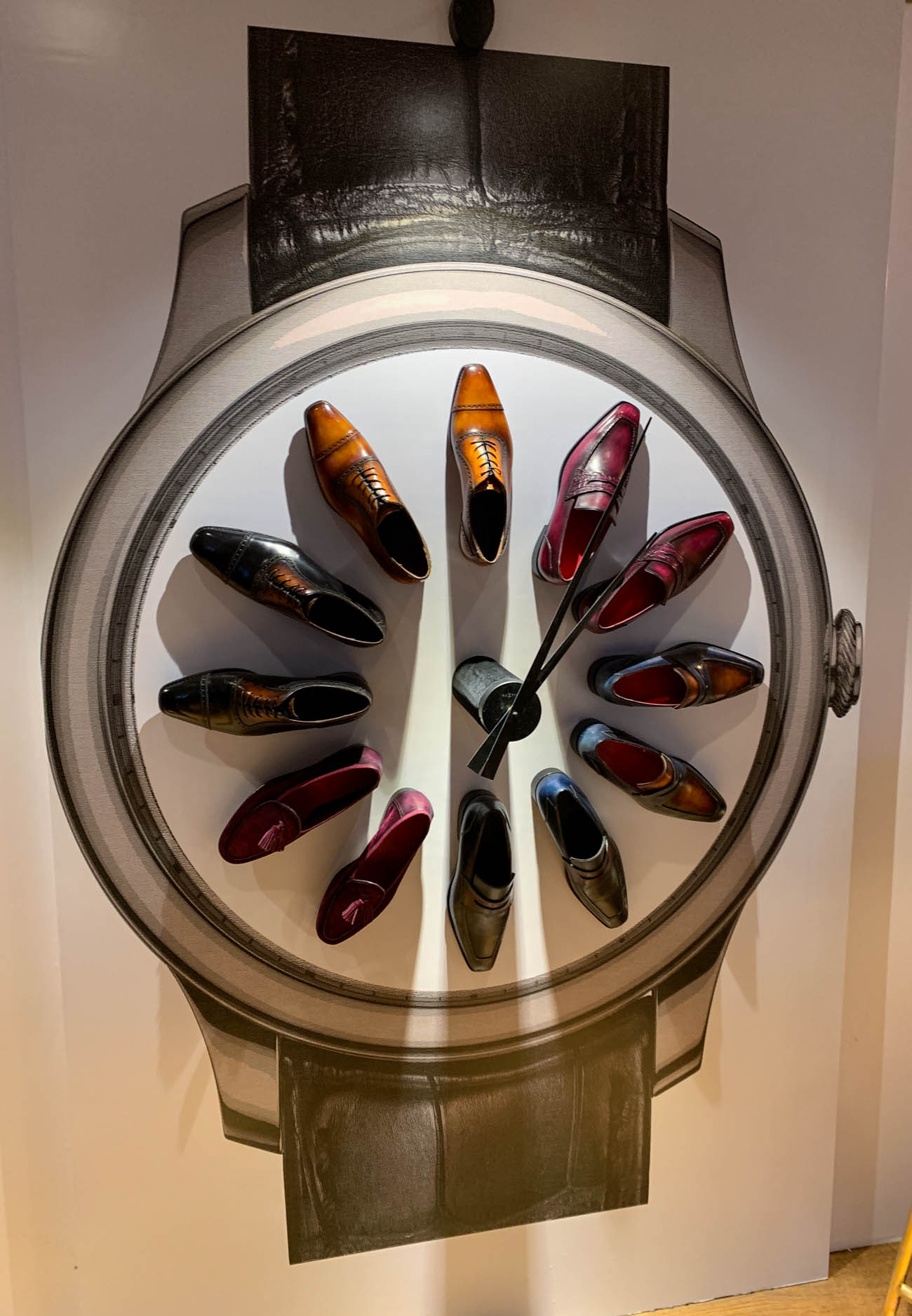
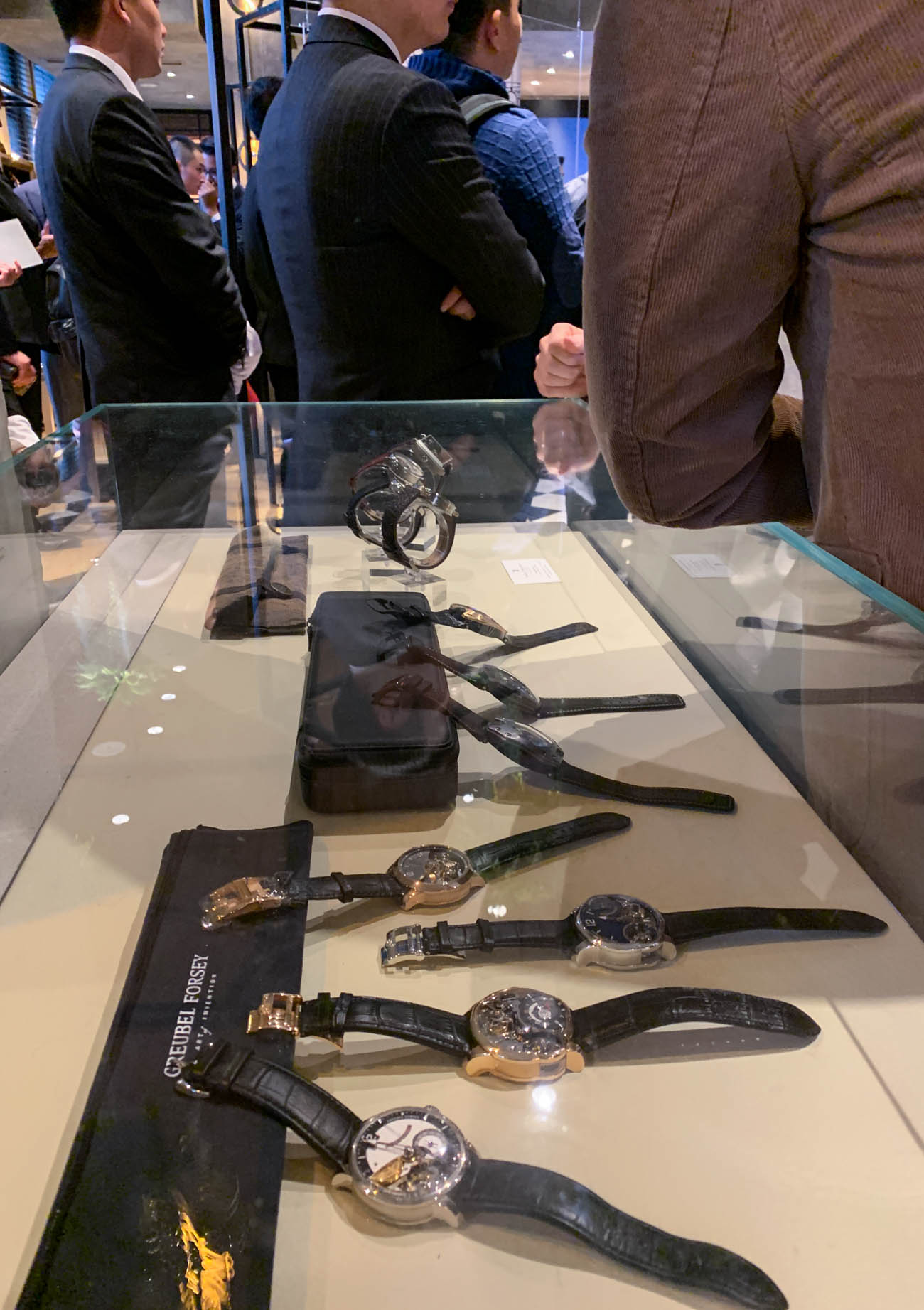
In many ways, Chinese watch collectors have hit the end-point of collecting too rapidly. They have purchased all the novelties, experienced all the complications, and learned about most of the world’s important watchmakers in sometimes just a couple of years. Now, these same buyers seek an experience tailored just for them – and the creative people in Europe are often left scratching their heads on how to best serve the hungry demand young watch lovers in China and surrounding regions have for their goods. How can the traditionally slow and steady mechanical luxury industry in Europe serve the new rapid and extremely hungry appetite for wealth and young watch lovers across the world? These buyers represent much of the buying power the Swiss watch industry needs to maintain itself, yet mistakes in marketing and product design can repel collectors as quickly as attractive products can compel their interest.
Chinese watch consumers, much like those in other parts of the world watch a tailor-made luxury watch marketing experience created just for them. Their expectation – reasonable or not – is that companies producing the products they love will direct marketing and new product initiatives directly to them. Doing so would require small companies in Switzerland to have broad consumer knowledge across the globe. As much as they try, such a mission is destined for failure because at their heart most high-end watchmaking companies don’t have the capacity to intimately know each market as well as their own. Where does that leave the enthused watch collector masses in China and elsewhere vying for a thin slice of Switzerland’s available attention?
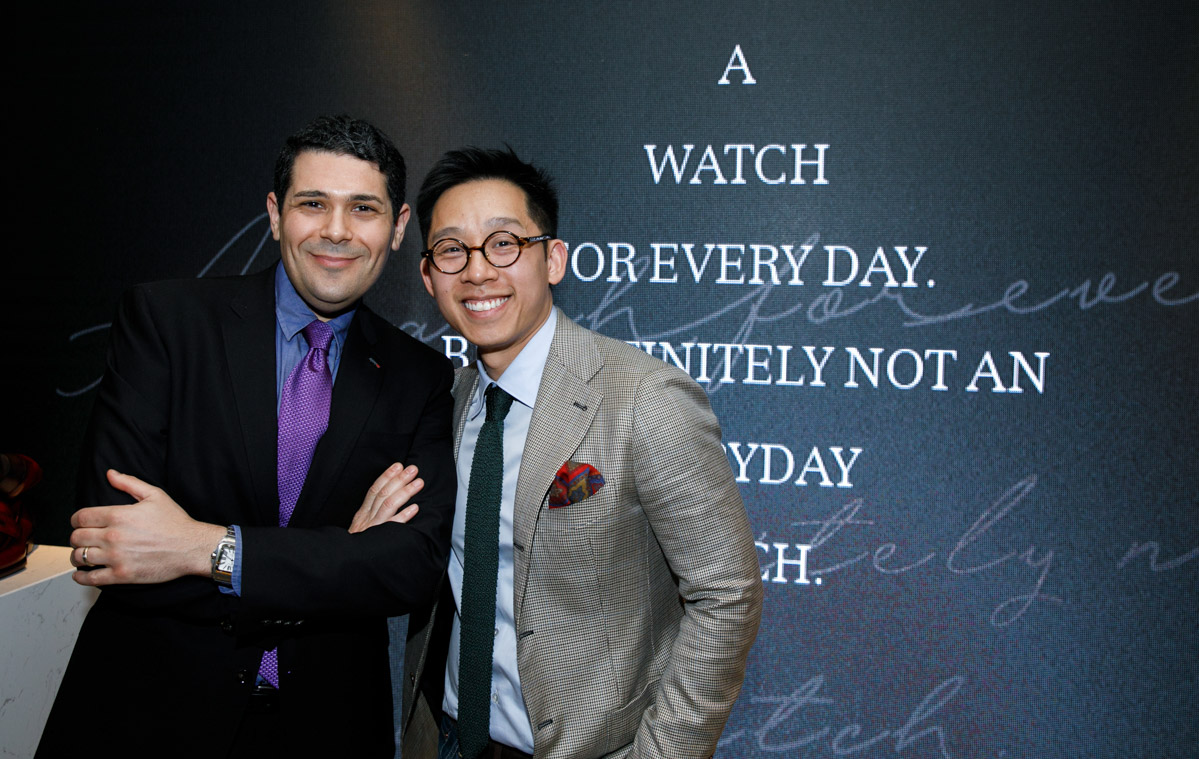
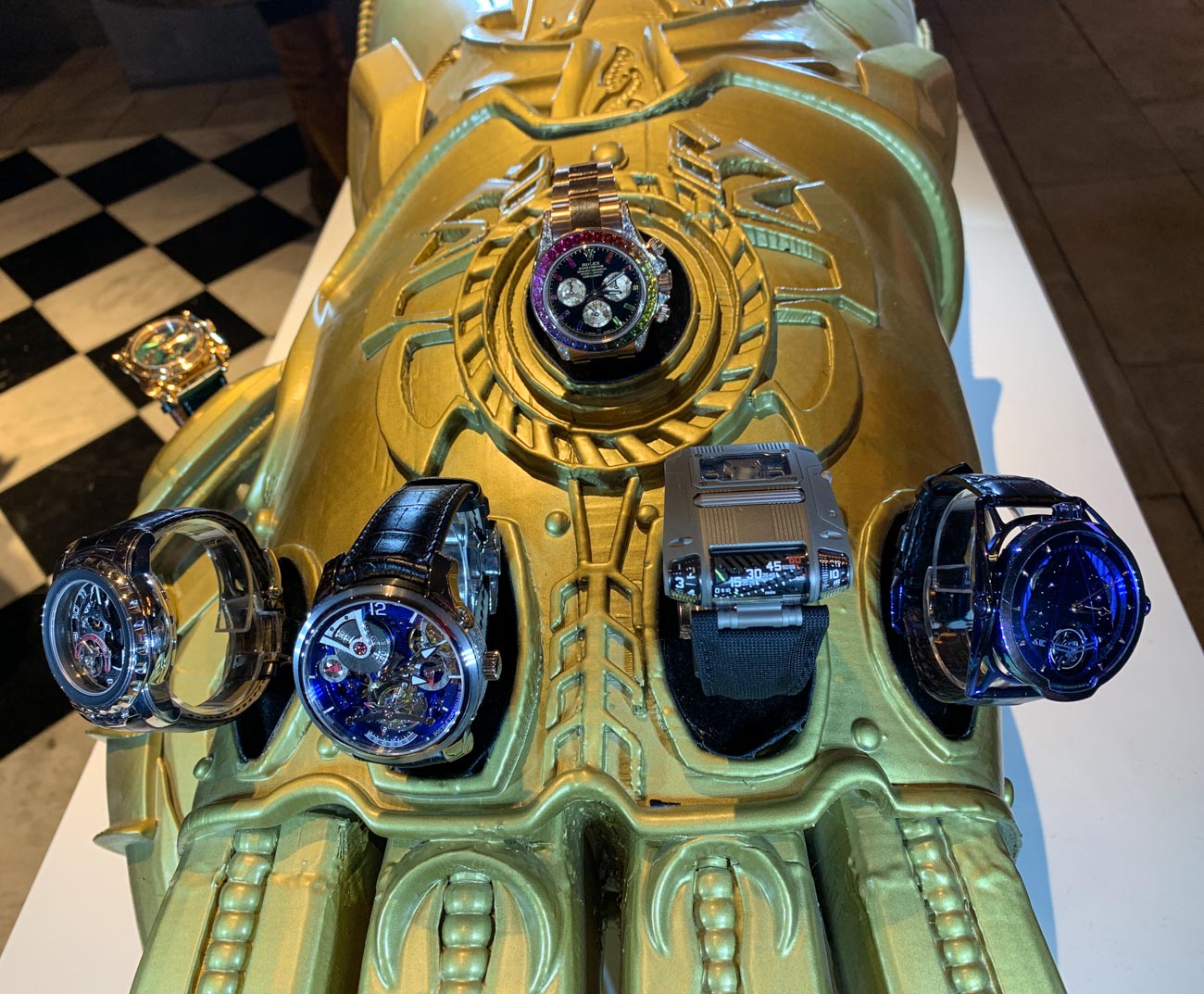
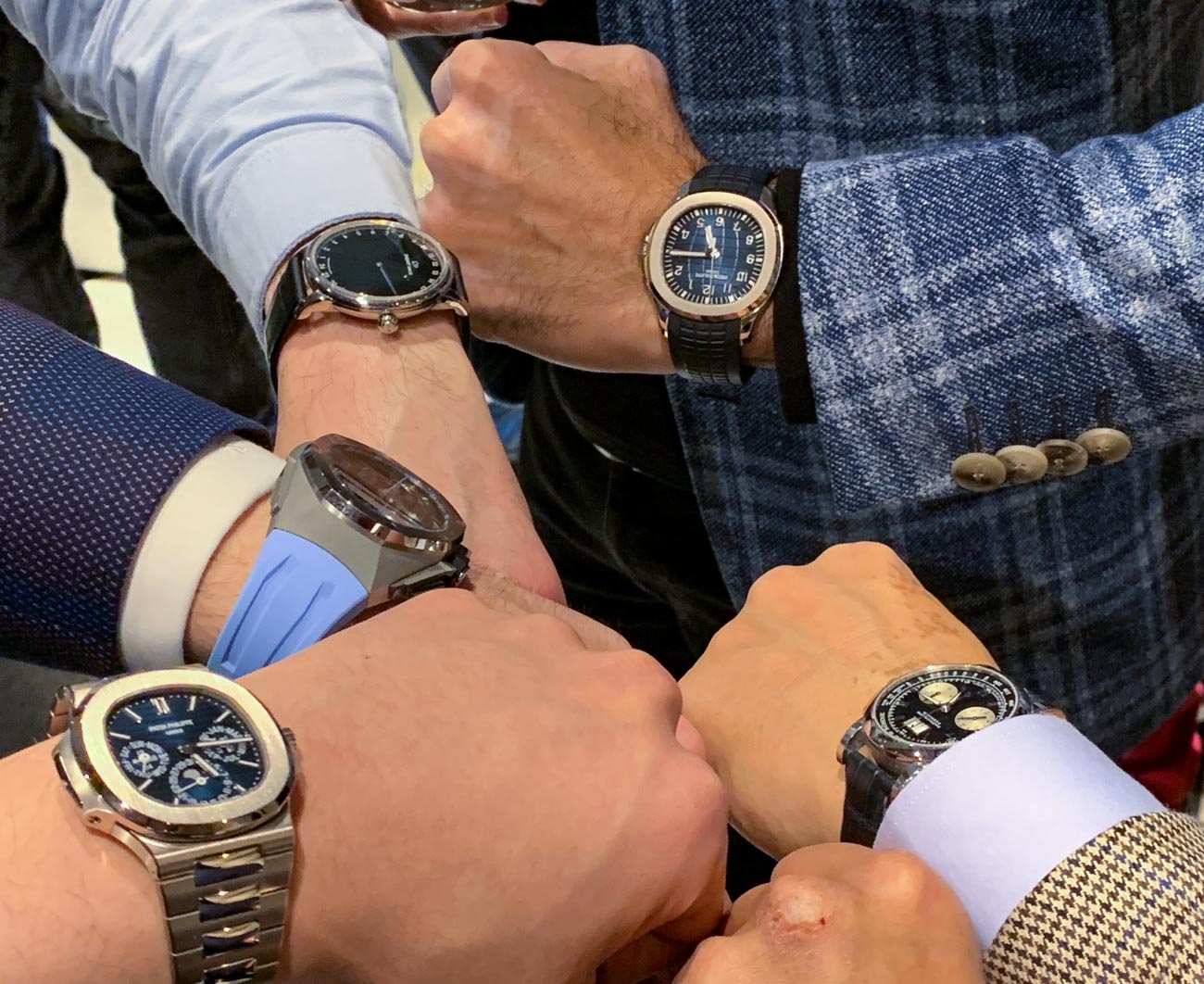
The respect and acknowledgment desired by the attendees at the Shanghai Watch Festival is something they actually already have – though they need to look laterally to realize it. As collectors, consumers, and mere enthusiasts they have quickly climbed the ladder of timepiece appreciation in just under two years as an organized group. Switzerland and its adjacent watchmaking provinces will continue to coldly thank the buyers for their support – but the real accomplishment is how they proved themselves as world-class influencers and taste-makers at a record pace. It’s on Europe at this point to catch up.

